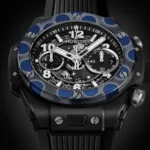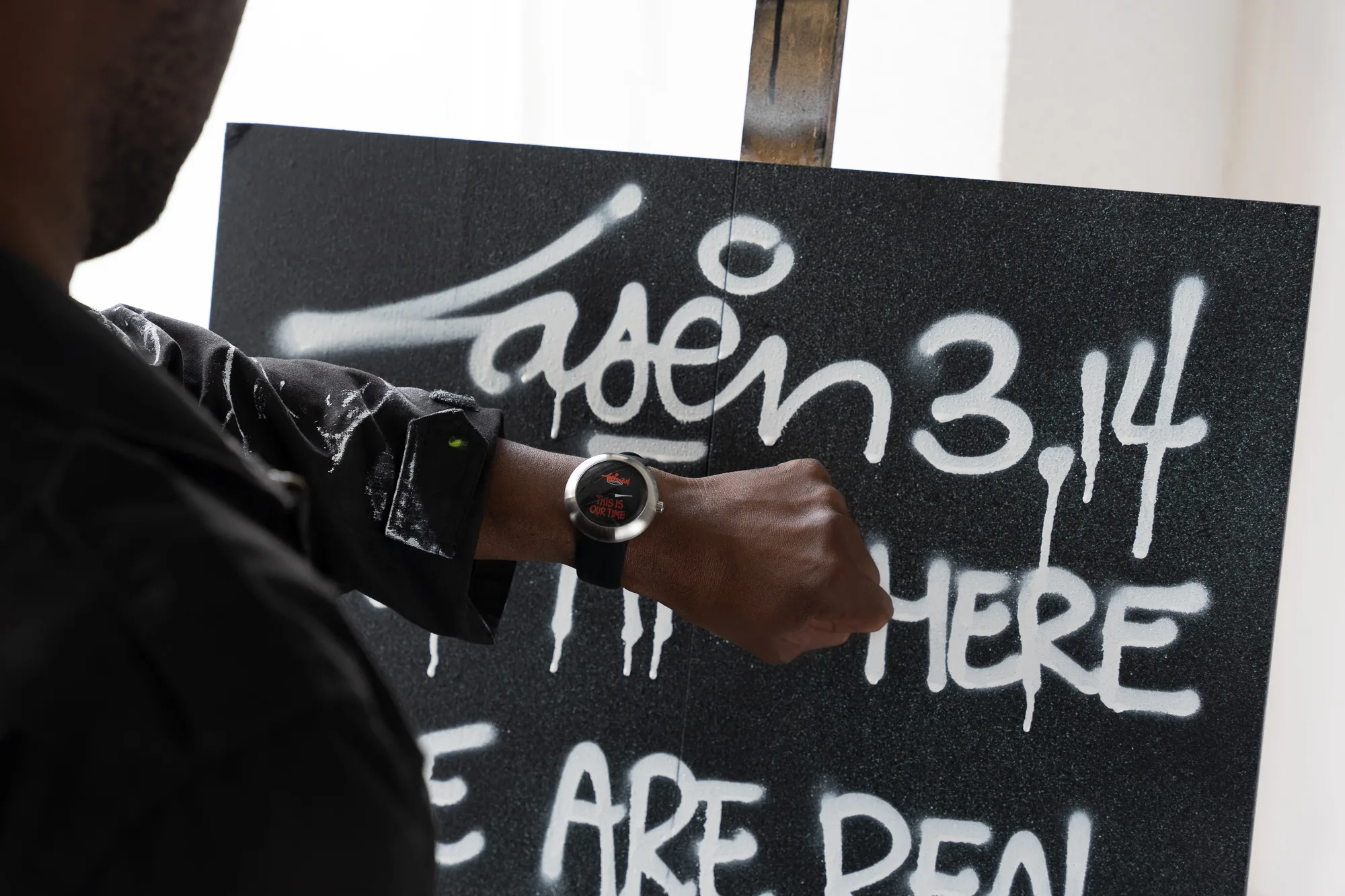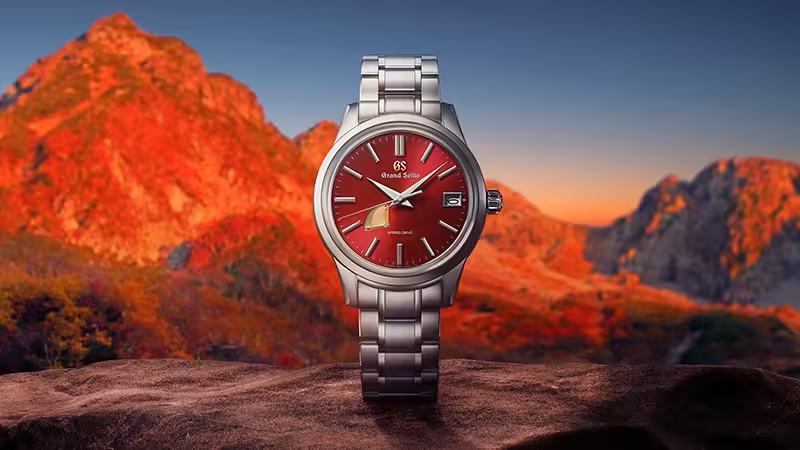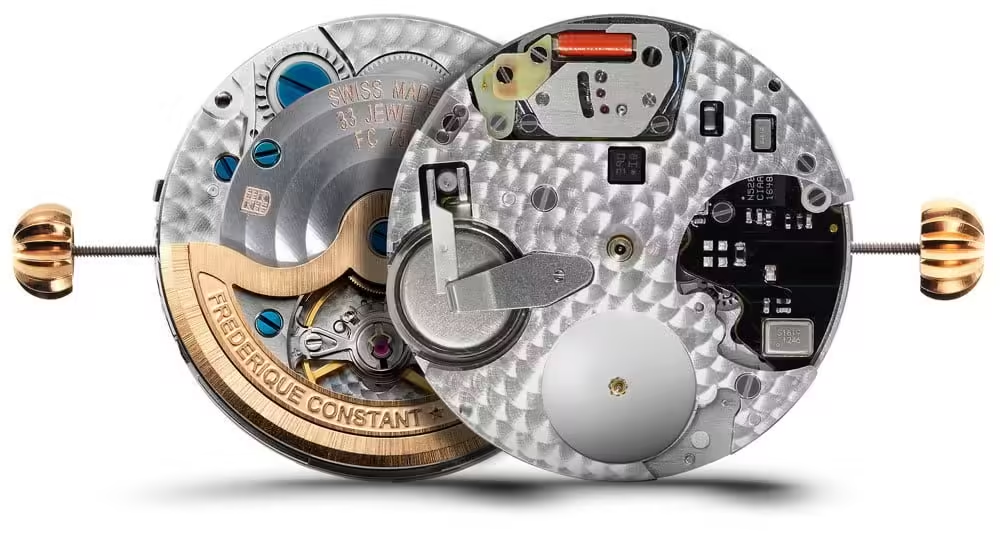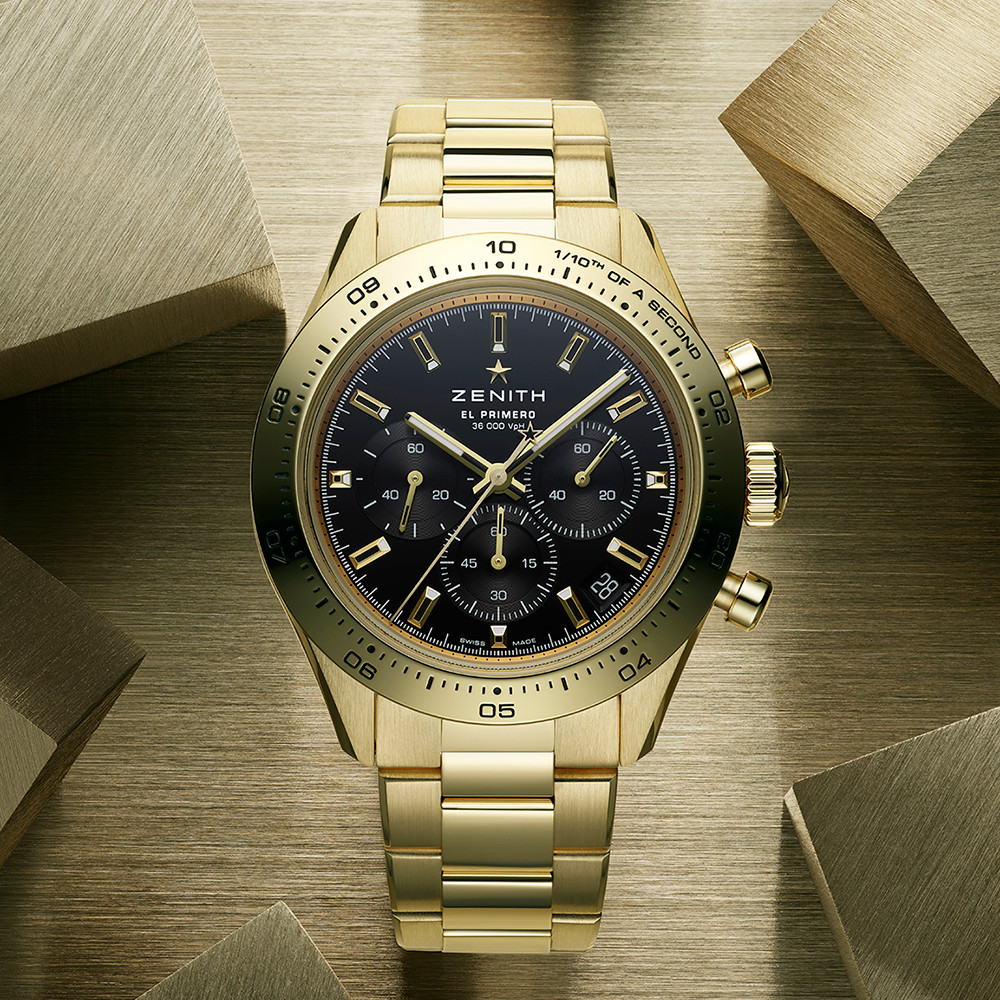
India, a land of diverse cultures and a rapidly growing economy, has always had a unique relationship with luxury. While traditional luxury items like jewelry have long held sway in Indian households, the past few decades have seen a noticeable shift in consumer preferences. Among the items increasingly finding favor with India’s affluent are luxury watches. As the country’s economic landscape continues to evolve, the luxury watch market in India is poised for remarkable growth over the next 5 to 10 years. Let’s delve into the factors driving this growth and what watch enthusiasts can expect from this promising market.
The Growth of Affluence and Its Impact
India’s economic story over the past few decades is one of rapid growth and rising prosperity. This economic uplift has ushered in a new era of consumerism, especially among the country’s expanding middle and upper-middle classes. As disposable incomes rise, so too does the demand for luxury goods. The luxury watch market, traditionally a niche segment, is now witnessing a surge in demand, driven by a growing number of individuals seeking to showcase their success and social status through premium timepieces.
Urbanization plays a significant role in this narrative. As more people move to urban areas and cities expand, new consumer bases are emerging. Tier 2 and Tier 3 cities, once considered peripheral markets, are now becoming increasingly important for luxury brands. This shift is bringing luxury watches to a broader audience, many of whom are eager to embrace global luxury trends.
Changing Consumer Preferences: A New Generation of Watch Enthusiasts
India’s younger demographics are another key factor driving the luxury watch market. The country’s population is not only large but also youthful, with a significant portion of the population under the age of 35. This young, dynamic group is more exposed to global trends and brand culture than previous generations, thanks in part to the proliferation of social media and increased international travel.
For many of these young professionals, a luxury watch is more than just a timekeeping device; it’s a statement of success and a reflection of personal style. This shift in consumer behavior is pushing luxury watch brands to adapt their offerings, focusing on designs and features that resonate with this new generation of buyers.
The Digital Transformation: New Avenues for Luxury
The rise of e-commerce and digital platforms in India has fundamentally changed the way consumers purchase luxury goods. While brick-and-mortar stores remain important, especially for the tactile experience they offer, online sales channels are growing rapidly. Luxury watch brands have embraced this digital shift, offering their products through carefully curated online platforms that ensure authenticity and exclusivity.
Digital marketing has also become a crucial tool for luxury brands. With the advent of social media, brands can now reach potential buyers directly, crafting personalized marketing campaigns that speak to the aspirations of India’s luxury consumers. Influencer marketing, in particular, has become a powerful tool, with social media influencers playing a significant role in shaping consumer preferences.
Expanding Retail Presence: From Metros to Emerging Markets
Recognizing the growing demand, many luxury watch brands are expanding their retail presence in India. Major cities like Mumbai, Delhi, and Bangalore continue to be key markets, but there is also a noticeable push into smaller cities. These emerging markets are home to a new breed of consumers who are increasingly looking to invest in luxury goods.
To cater to these consumers, brands are enhancing the in-store experience, offering personalized services, exclusive events, and a deeper engagement with the brand’s history and craftsmanship. This focus on customer experience is helping to build strong brand loyalty, which is crucial in the luxury segment.
Watches as Investments: A Growing Trend
In addition to their aesthetic and functional appeal, luxury watches are increasingly being seen as investment pieces. Brands like Rolex, Patek Philippe, and Audemars Piguet are not just symbols of status but are also considered valuable assets that appreciate over time. This perspective is gaining traction among India’s wealthy individuals, who view luxury watches as a means to diversify their investment portfolios.
Navigating Challenges and Embracing Opportunities
While the future looks bright, the luxury watch market in India is not without its challenges. High import duties and taxes have traditionally been a hurdle, making luxury watches more expensive in India compared to other markets. However, any future relaxation of these taxes could further boost the market. Additionally, the prevalence of counterfeit products remains a concern. Brands are actively working to combat this issue, with measures aimed at ensuring authenticity and protecting their customers.
Another factor to consider is the growing awareness of sustainability and ethical consumption. As global conversations around these issues intensify, Indian consumers are also becoming more conscious of the environmental and ethical aspects of luxury goods. Brands that emphasize sustainability and ethical sourcing are likely to find favor with these discerning consumers.
Conclusion: A Market on the Rise
The luxury watch market in India is on the cusp of significant growth, driven by rising affluence, changing consumer preferences, and the digital transformation of retail. For watch enthusiasts, this presents an exciting time, as the market is set to become more diverse, dynamic, and accessible. Whether you’re a seasoned collector or a new entrant to the world of luxury watches, the next 5 to 10 years promise to bring a wealth of opportunities to explore and invest in the finest timepieces available.
As India’s luxury watch market continues to evolve, one thing is clear: the country’s appetite for luxury is only set to grow, making it an exciting destination for brands and enthusiasts alike. The future, it seems, is ticking in favor of India’s luxury watch market.
